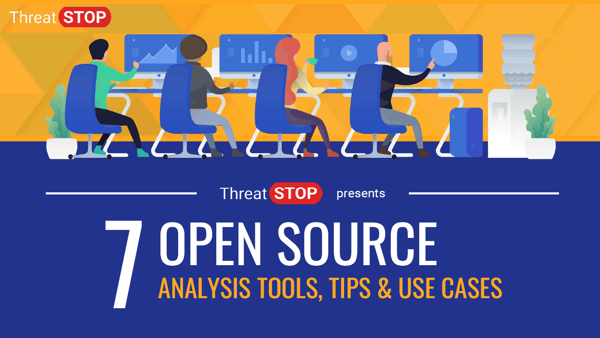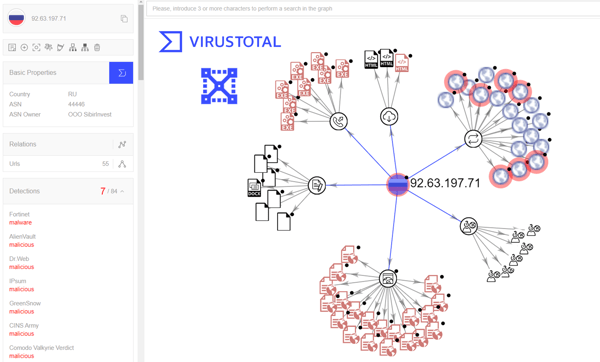July 17, 2019 • Ofir Ashman
ThreatSTOP Free Open Source Analysis Tools Series. Part 1: Why Use IOCs?
2Min read
•
analysis,
Cyber Attacks,
Cybercrime,
Cybersecurity,
threat intelligence,
IOCs,
IP address,
threat severity



